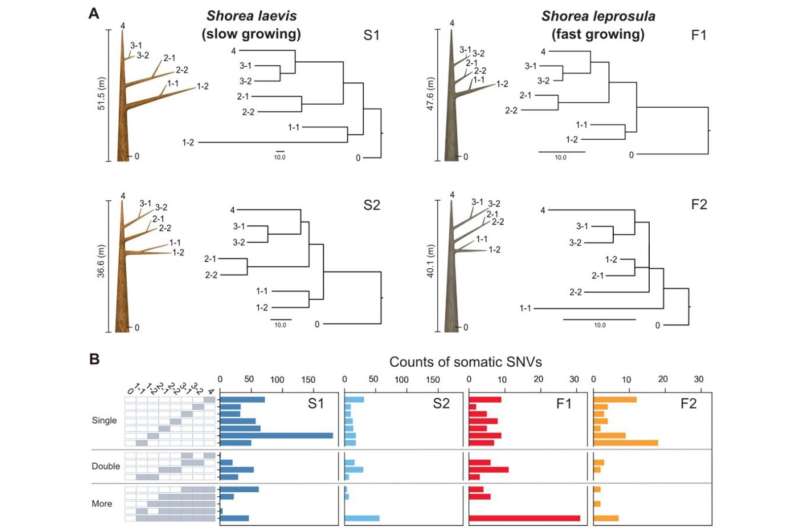


You can find data in Pfam in various ways. Comparison of variola, monkeypox, and vaccinia virus DNA sequences. The nucleotide sequence of the Shiga-like toxin type II (SLT-II) structural genes cloned from bacteriophage 933W of the enterohemorrhagic Escherichia coli O157:H7 strain 933 was determined. all UniProt and NCBI GI) or different levels of redundancy.
Nucleotide sequence comparison full#
Pfam full alignments are available from searching a variety of databases, either to provide different accessions (e.g. The data presented for each entry is based on the UniProt Reference Proteomes but information on individual UniProtKB sequences can still be found by entering the protein accession. Identification of sequence differences and variations such as point mutations and single nucleotide polymorphism (SNP) in order to get the genetic marker. These alignments can be used to visualise and interpret the relationships between sequences and sometimes even. MUSCLE produces so-called sequence alignments.
Nucleotide sequence comparison software#
A clan is a collection of Pfam entries which are related by similarity of sequence, structure or profile-HMM. A simultaneous comparison of all your nucleotide sequences can be achieved by using the server-based software EMBL-EBI MUSCLE ( Mu ltiple S equence C omparison by L og- E xpectation). Pfam also generates higher-level groupings of related entries, known as clans. The first paper, published in Nucleic Acids Research, introduced the. The identification of domains that occur within proteins can therefore provide insights into their function. MUSCLE (alignment software) MUltiple Sequence Comparison by Log-Expectation ( MUSCLE) is computer software for multiple sequence alignment of protein and nucleotide sequences. Different combinations of domains give rise to the diverse range of proteins found in nature. Exercise: At UniProt, obtain the sequence of human Homeobox protein ESX1 ESX1HUMAN in the FASTA-format (TIP: search fasta on the UniProt webpage), align it against itself using LALIGN and look at the generated dotplot. Proteins are generally composed of one or more functional regions, commonly termed domains. The Pfam database is a large collection of protein families, each represented by multiple sequence alignments and hidden Markov models (HMMs). The D segment alignment runs from the first nucleotide/amino acid after the 5 heptamer to the last nucleotide/amino acid before the 3 heptamer.


 0 kommentar(er)
0 kommentar(er)
